It can be a little tricky getting a handle on all the different terms and ingredients used in lotion recipes, here is a glossary for all the common components that you’ll need to make a lotion. Think of this as a “cheat sheet” or helpful companion guide to making lotions.
For a full tutorial with step-by-step instructions, check out my beginner’s guide to lotion-making.
Water
“Diluent” and “solvent”. Water is used to dissolve other water-soluble ingredients like gums, clays and botanical extracts in lotions.
Water also provides hydration to the skin, it gives moisture to the upper layers of the skin helping to keep it plump and supple.
This is the crucial difference between emulsified moisturisers like creams and lotions, compared to anhydrous products such as body butters and balms. Water-based ingredients also require preservatives to prevent the growth of bacteria, fungus and mould.
In lotions, water can take many forms including:
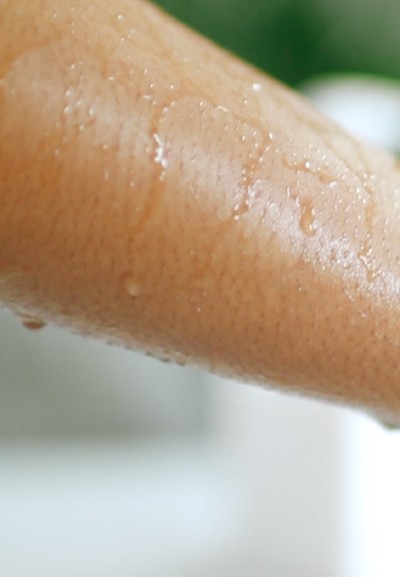
- Aloe Vera Juice / Gel
- Botanical Extracts, e.g. Green Tea Extract
- Floral Waters & Hydrosols, e.g. Chamomile Flower Water
Humectants
Humectants attract water from the surrounding atmosphere, replenishing your skin and hair’s moisture levels.
Some humectants also form a protective thin film on the surface of the skin to prevent further moisture loss. Humectants are essential components of lotions as they contribute to keeping your skin hydrated throughout the day.
Popular humectants in lotions include:
- Glycerine and Honey
- Hyaluronic acid
- Panthenol (Vitamin B5)
- Hydroyzed proteins, e.g. Keratin Protein
- Sodium lactate
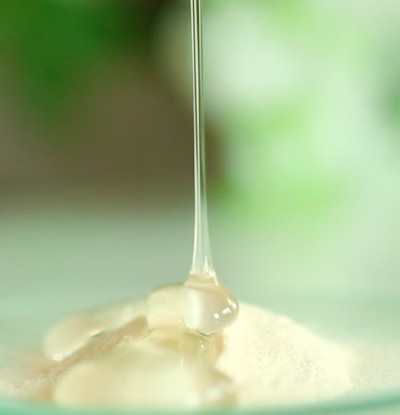
Emollients
Emollients lubricate, soften and smooth the surface of your skin by restoring lipids to the upper layers of the epidermis.
Skin lacking in lipids (oils) can appear dry, dull and rough, emollients bolster your skin’s natural barrier for healthier, more supple skin.
Oil and butters are popular emollients used in natural lotions, but there are a variety of emollients that can be used in creams and lotions:
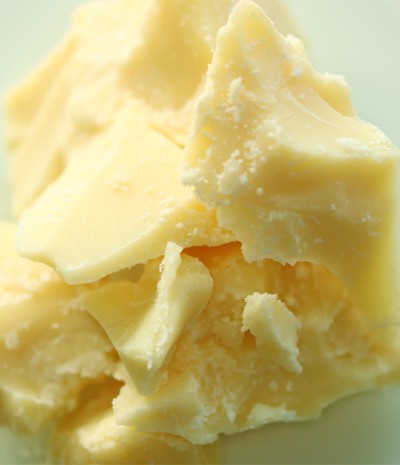
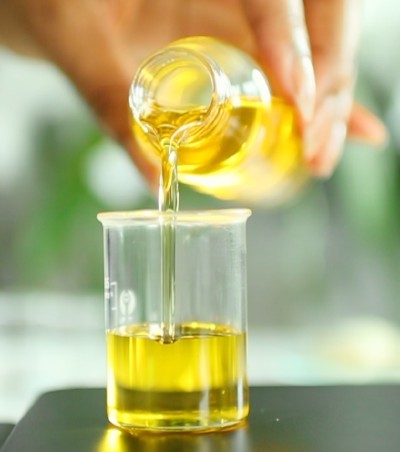
- Natural triglycerides - carrier oils and butters such as coconut oil, olive oil, safflower oil, and shea butter, mango butter and cocoa butter
- Fatty acids and alcohols - fatty acids (lauric, caprylic, stearic acid) are components of carrier oils but can be bought separately, whilst fatty alcohols (cetyl alcohol, and cetearyl alcohol) are made from reacting fatty acids with hydrogen.
- Esters - such as coco-caprylate/caprate, caprylic/capric triglyceride are formed from combining organic acids with alcohol or glycerine
Emulsifier
Emulsifiers combine oil and water together in a lotion to form a stable mixture (emulsion). They are surfactants that possess both hydrophilic (water-loving) and hydrophobic (water-fearing or oil-loving) elements.
Emulsifiers can be both solid or liquid and take on a variety of appearances including flakes, powders, pellets and liquid.
Emulsifying waxes
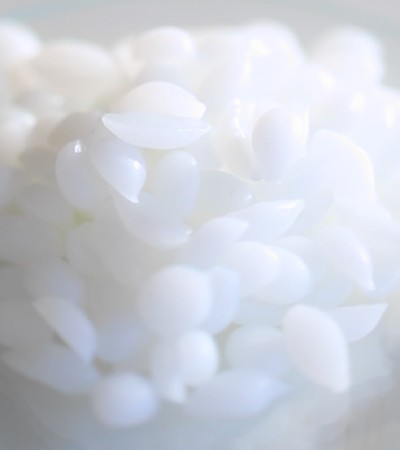
Please note: beeswax is not an emulsifier. It is commonly confused or mislabelled as an “emulsifier” likely because it works as a stabiliser and thickener, but by itself, it is unable to bind oil and water molecules together.
Not all emulsifying waxes are made from natural or naturally-derived ingredients, below are a list of common emulsifiers of natural origin.
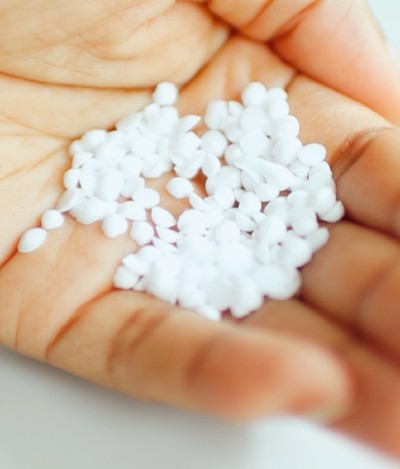
- Olivem 1000 or Olive-derived Emulsifying Wax (INCI: Cetearyl Olivate, Sorbitan Olivate)
- Montanov 68 / Vegetal (INCI: Cetearyl Alcohol and Cetearyl Glucoside)
- ECOMulse / NatraMulse (INCI: Glyceryl Stearate, Cetearyl Alcohol and Sodium Stearoyl Lactylate)
- Emulsan II (INCI: Methyl Glucose Sesquistearate)
- Natragem EW/Ecomuls (INCI: Glyceryl Stearate, Polyglyceryl-6 Palmitate / Succinate and Cetearyl Alcohol)
- Simulgreen 18-2 (INCI: Hydroxystearyl Alcohol and Hydroxystearyl Glucoside)
Thickeners & Stabilisers
Thickeners improve the sensory properties of a lotion, making it easier and more luxurious to use. In addition to adjusting the texture, thickeners also provide stability to the lotion by increasing the viscosity reducing the separation of water and oil molecules. This leads to a more stable emulsion that is more likely to hold up to temperature and environmental changes over time.
This is why thickeners and stabilisers are often used interchangeably in lotions - often time the same ingredient will both thicken and stabilise your lotion.
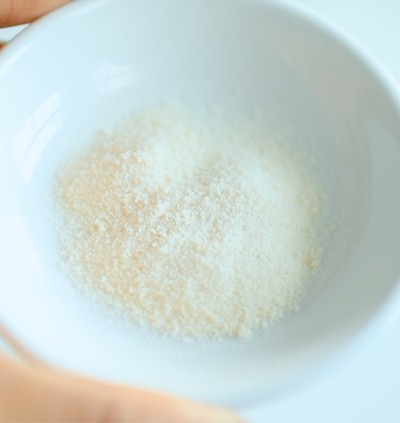
There are different types of thickeners for both the oil and water phase of a lotion: aqueous and non-aqueous. Typically lotion formulas will use both types to ensure maximum stability.
- Natural aqueous thickeners (water-based): originate from plants, microbial or animal sources. Examples include xanthan gum, guar gum, casein, and clays.
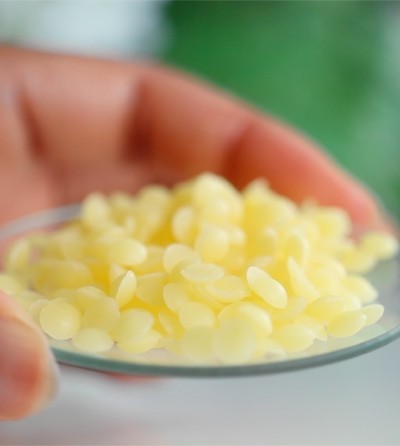
- Natural non-aqueous thickeners (oil-based): waxes such as beeswax, soy, candelilla wax are popular ingredients in lotions. These can be confused with emulsifiers, but they only work to stabilise an already emulsified lotion - they themselves aren’t emulsifiers. Fatty alcohols (e.g. cetyl alcohol and cetearyl alcohol) are also common oil-based thickeners and stabilisers.
- Synthetic thickeners: synthetic polymers such as polyethylene glycols, PEGs or PEG derivatives are very effective thickeners that produce far more stable emulsions. They are of course not natural and are therefore not used in organic products.
Preservative
Preservatives are essential for all lotions as they prevent the growth of microbes, bacteria, mould, fungus and yeast. Without the use of preservatives, cosmetic products will spoil and become potentially hazardous to the skin.
The determining factor in whether to use a preservative is the presence of water.
If a product either contains water (including water-based ingredients) or will come in contact with water (handled or applied with wet fingers e.g. scrubs) a preservative is mandatory.
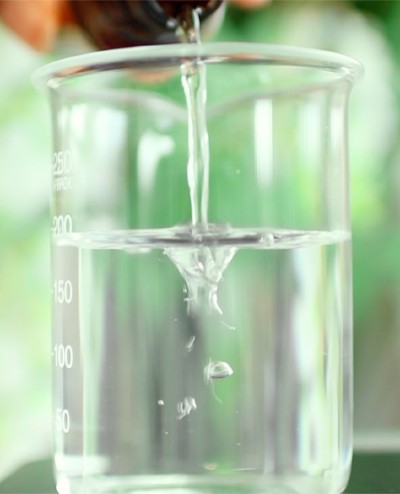
There are different types of preservatives that combat specific issues, however to ensure that your lotion has full coverage against all bacteria, mould, fungi and yeast you will need to use a Broad Spectrum preservative.
The effectiveness of a preservative can be reduced dramatically depending on a number of factors including the usage rates, whether it’s oil or water-soluble, the pH value or the temperature of your lotion when it’s applied. It’s important to check the manufacturer’s instructions and follow them strictly when applying your preservative.
Examples of natural preservatives
- Preservative Eco / Mikrokill ECT / Geogard ECT / Plantaserv M - (INCI: Benzyl Alcohol, Salicylic Acid, Glycerine and Sorbic Acid)
- Geogard 221 / Cosgard - (INCI: Benzyl Alcohol and Dehydroacetic Acid)
- Naticide / Plantaserv Q - (INCI: Fragrance or Parfum)
- Geogard Ultra - (INCI: Gluconolactone and Sodium Benzoate)
- Phenethyl Alcohol - (INCI: Phenethyl Alcohol)
Please note: Vitamin E Oil is an antioxidant, not a preservative. It will not protect your creams and lotion from bacteria, mould, fungus or yeast.
Antioxidant
Antioxidants have two main functions in lotion:
- Protect skin cells from “free radical” damage
- Prevent against oxidation and thus lengthen the shelf-live of the oils in your lotion
It’s the second function of antioxidants that make them essential to include in your lotion formulas. Exposure to air can onset the natural process of oxidation in oils, this can cause rancidity that can ultimately cause irritation and harm when applied to the skin.
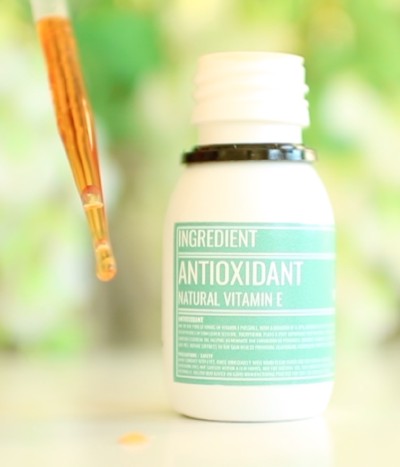
Antioxidants like vitamin E and Rosemary extract slow down the oxidation process.
- Vitamin E refers to a group of compounds called Tocopherols. You can find vitamin E as a single molecule or “mixed tocopherols”. Generally mixed tocopherol vitamin E oils provide more protection against oxidation. “Tocopherol acetate” is a synthetic vitamin E oil that protects the skin from free radical damage, but does not prevent oxidation.
- Rosemary extract is an excellent antioxidant but can have a strong scent so might not be suitable in all lotions.